Ty Waltinger
Düsseldorf, Birkenstr. 3 8.11.2014 – 19.12.2014
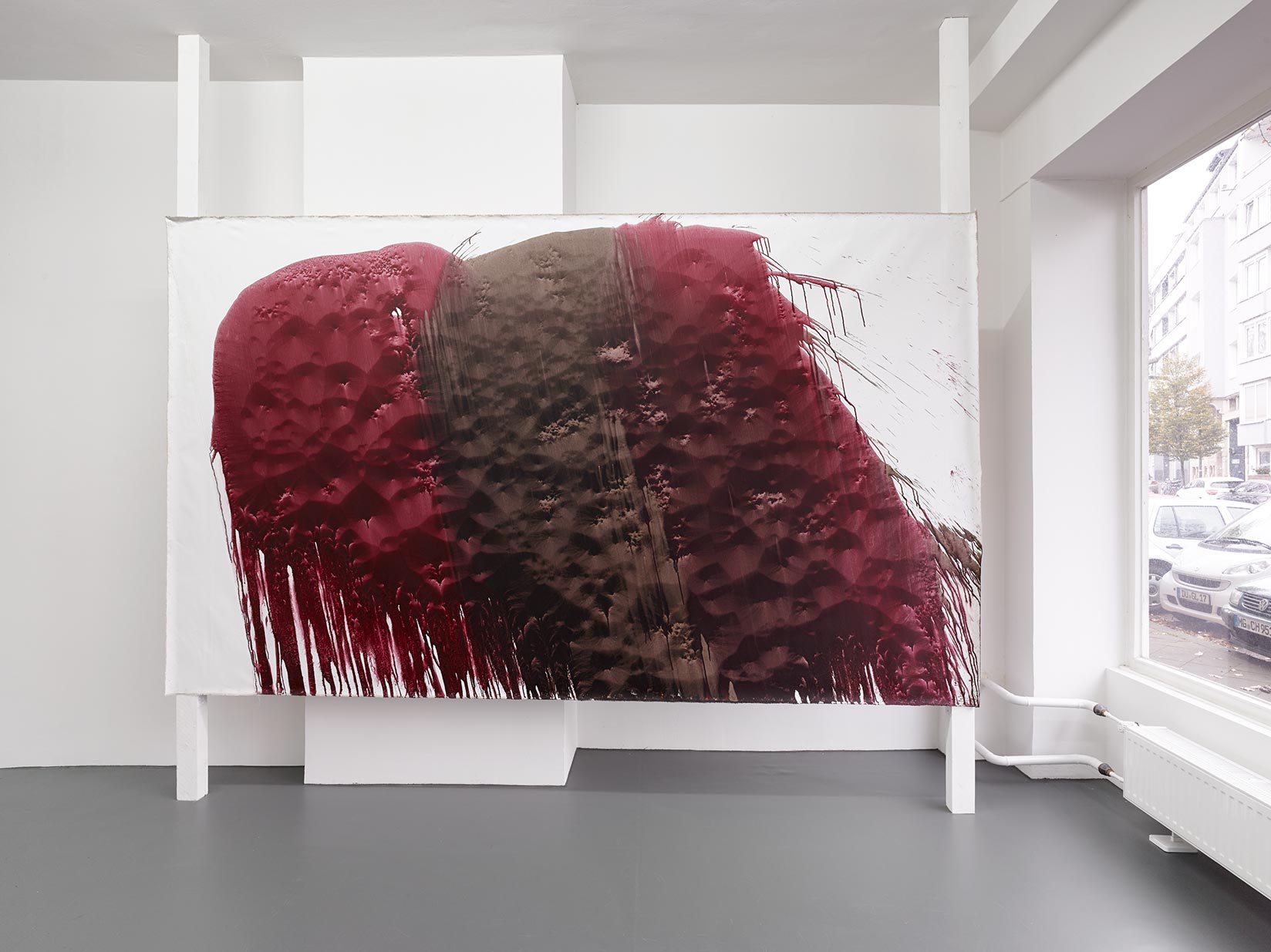
installation view
"Ty Waltinger",
Kadel Willborn, Düsseldorf, Germany, 2014
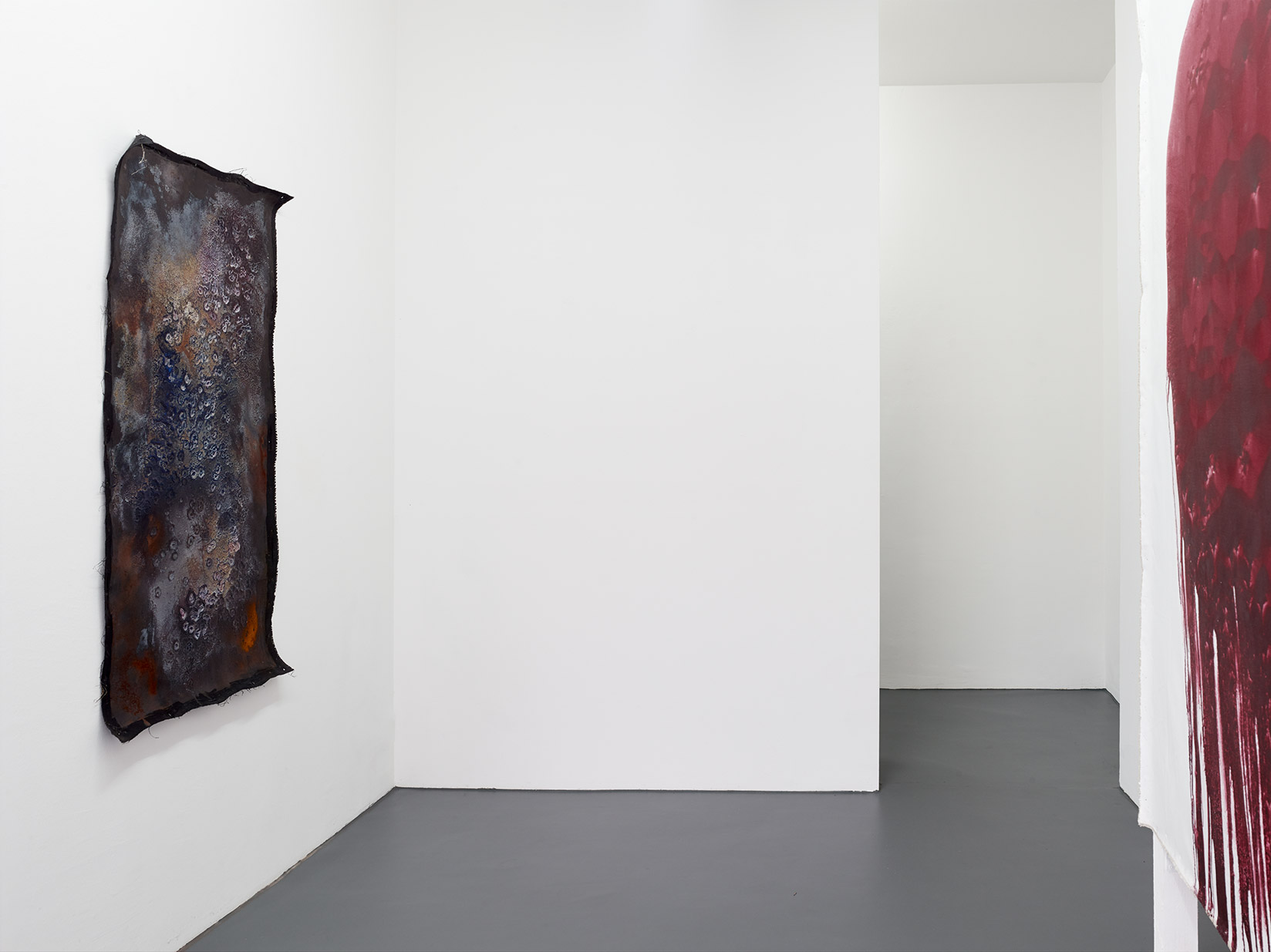
installation view
"Ty Waltinger",
Kadel Willborn, Düsseldorf, Germany, 2014
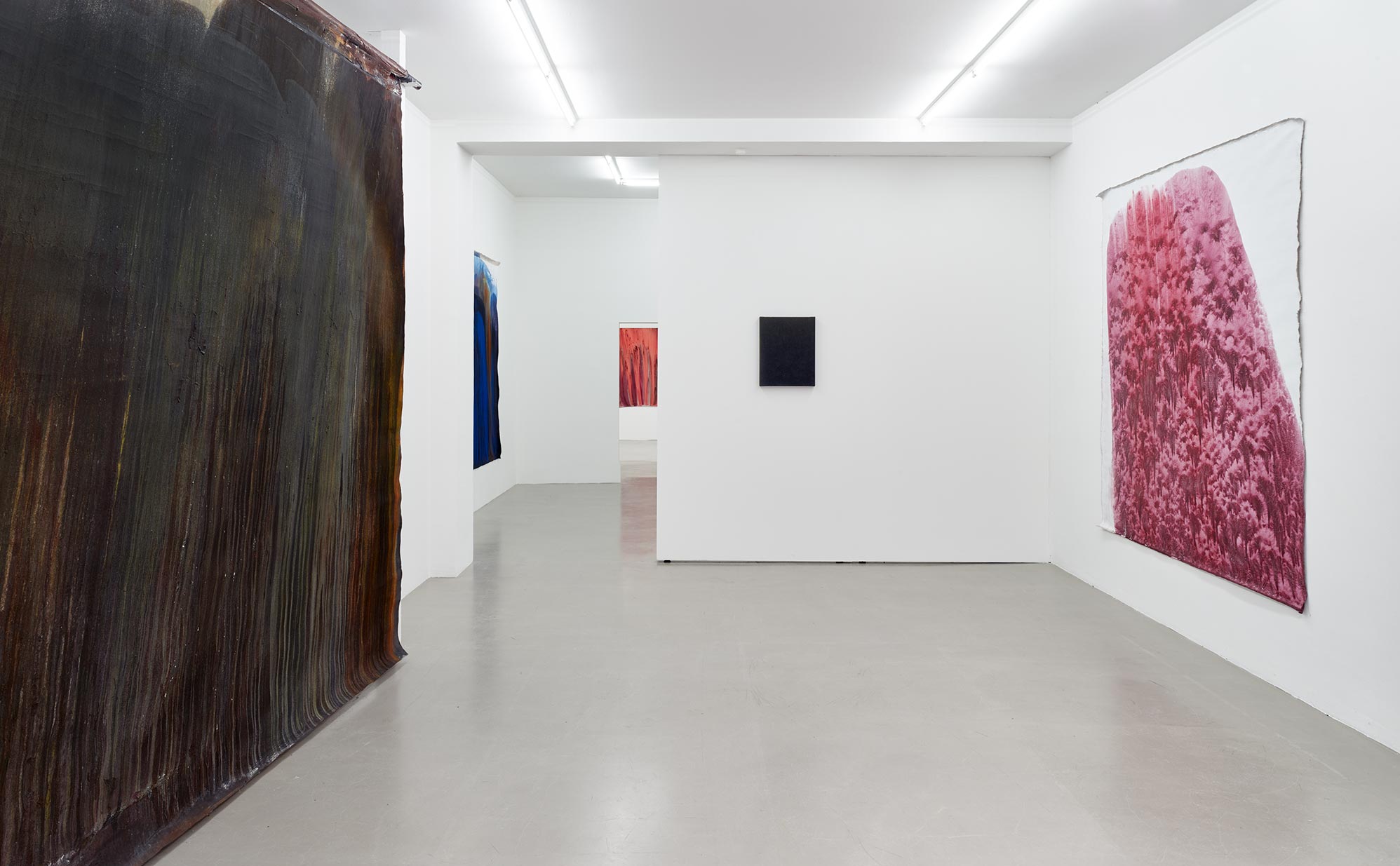
installation view
"Ty Waltinger",
Kadel Willborn, Düsseldorf, Germany, 2014
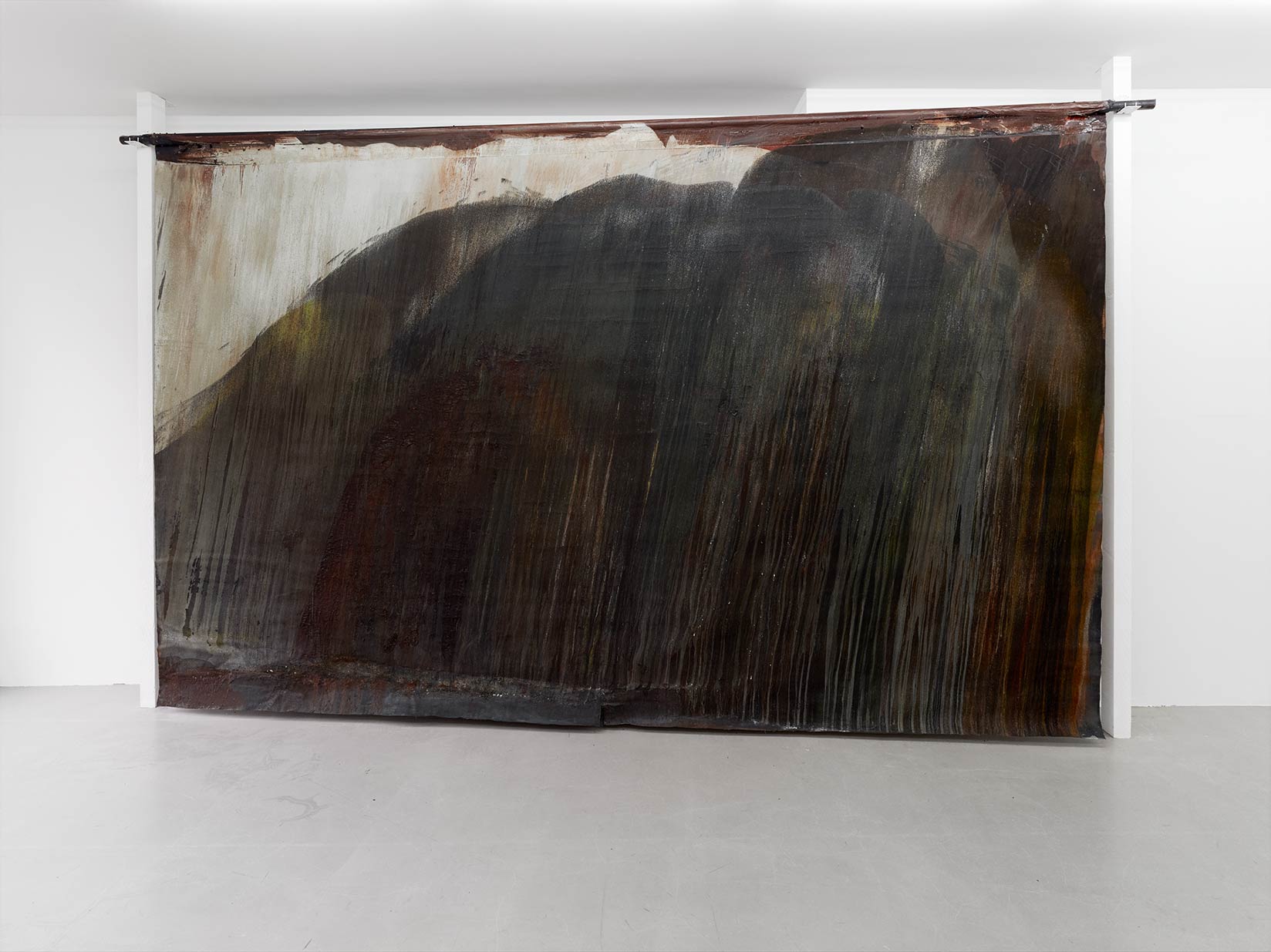
installation view
"Ty Waltinger",
Kadel Willborn, Düsseldorf, Germany, 2014

installation view
"Ty Waltinger",
Kadel Willborn, Düsseldorf, Germany, 2014
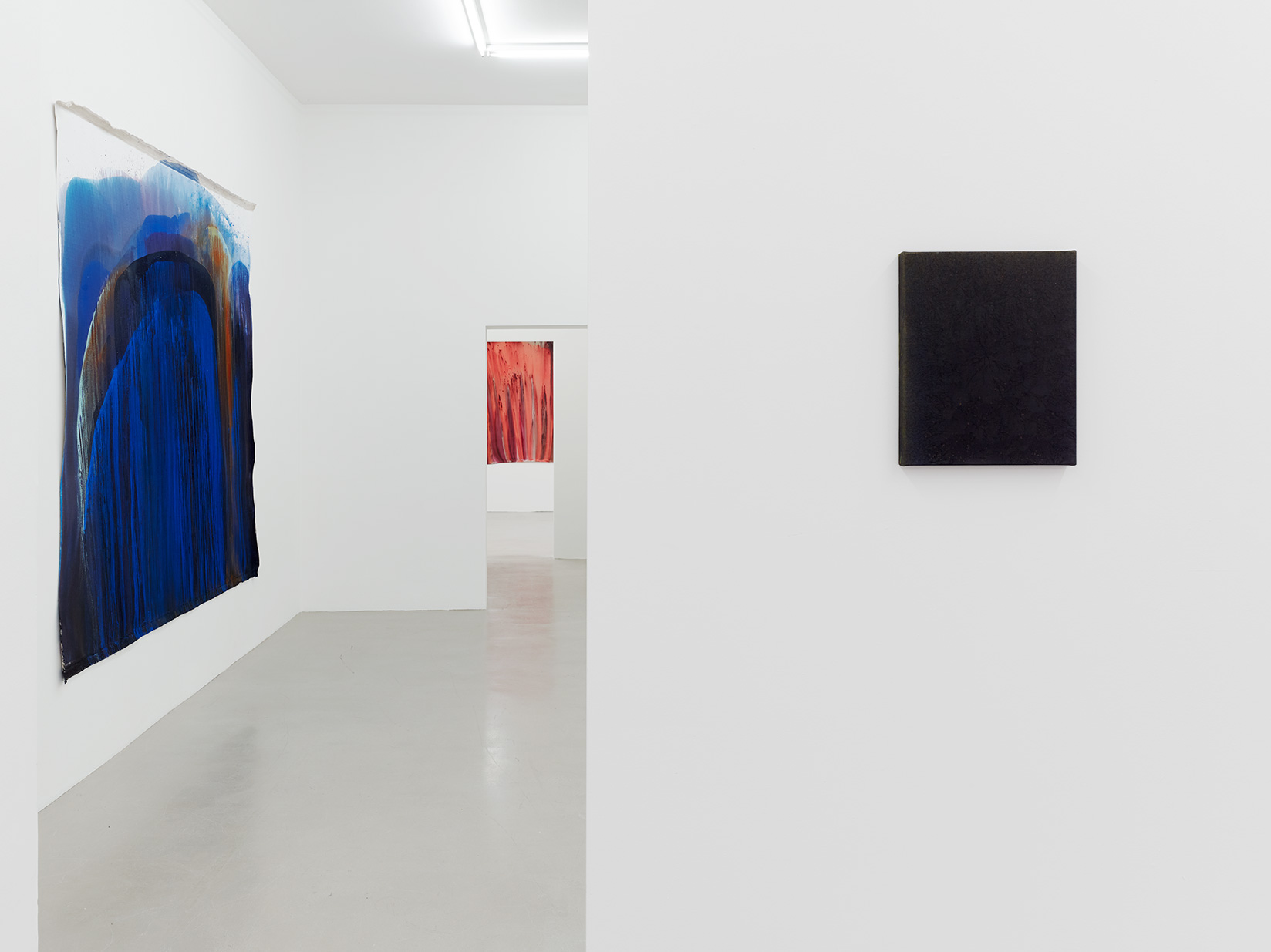
installation view
"Ty Waltinger",
Kadel Willborn, Düsseldorf, Germany, 2014
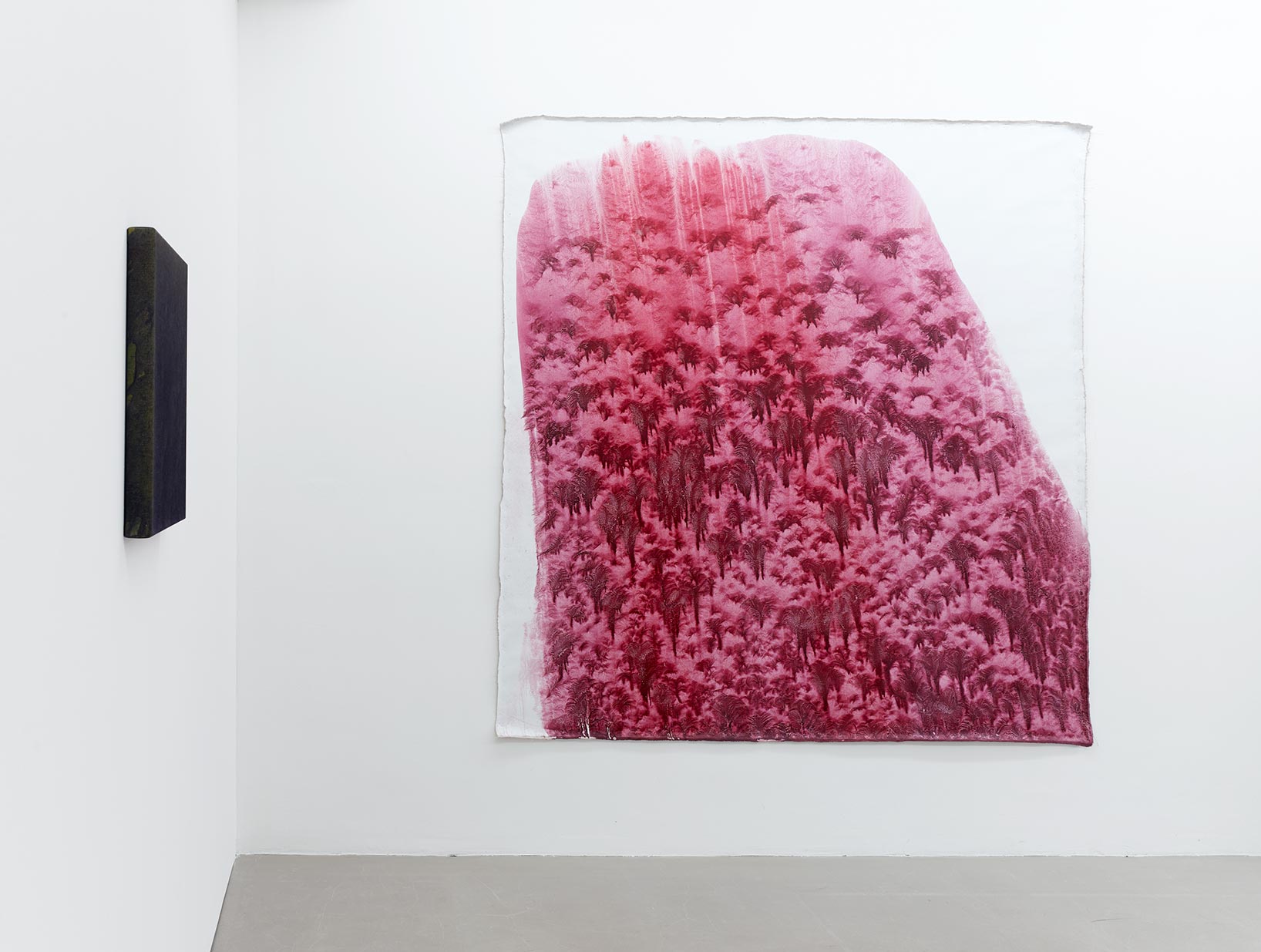
installation view
"Ty Waltinger",
Kadel Willborn, Düsseldorf, Germany, 2014
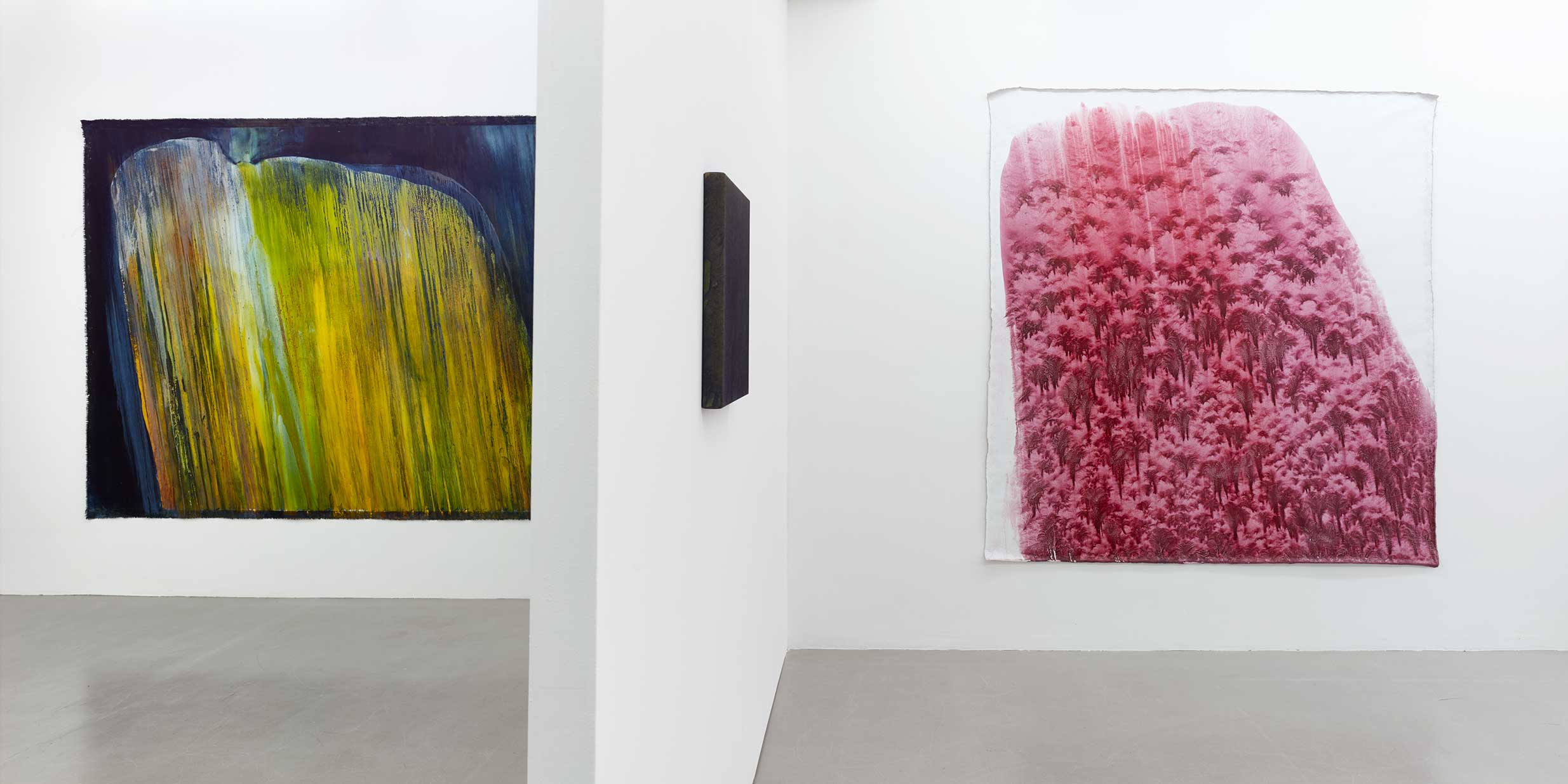
installation view
"Ty Waltinger",
Kadel Willborn, Düsseldorf, Germany, 2014

installation view
"Ty Waltinger",
Kadel Willborn, Düsseldorf, Germany, 2014
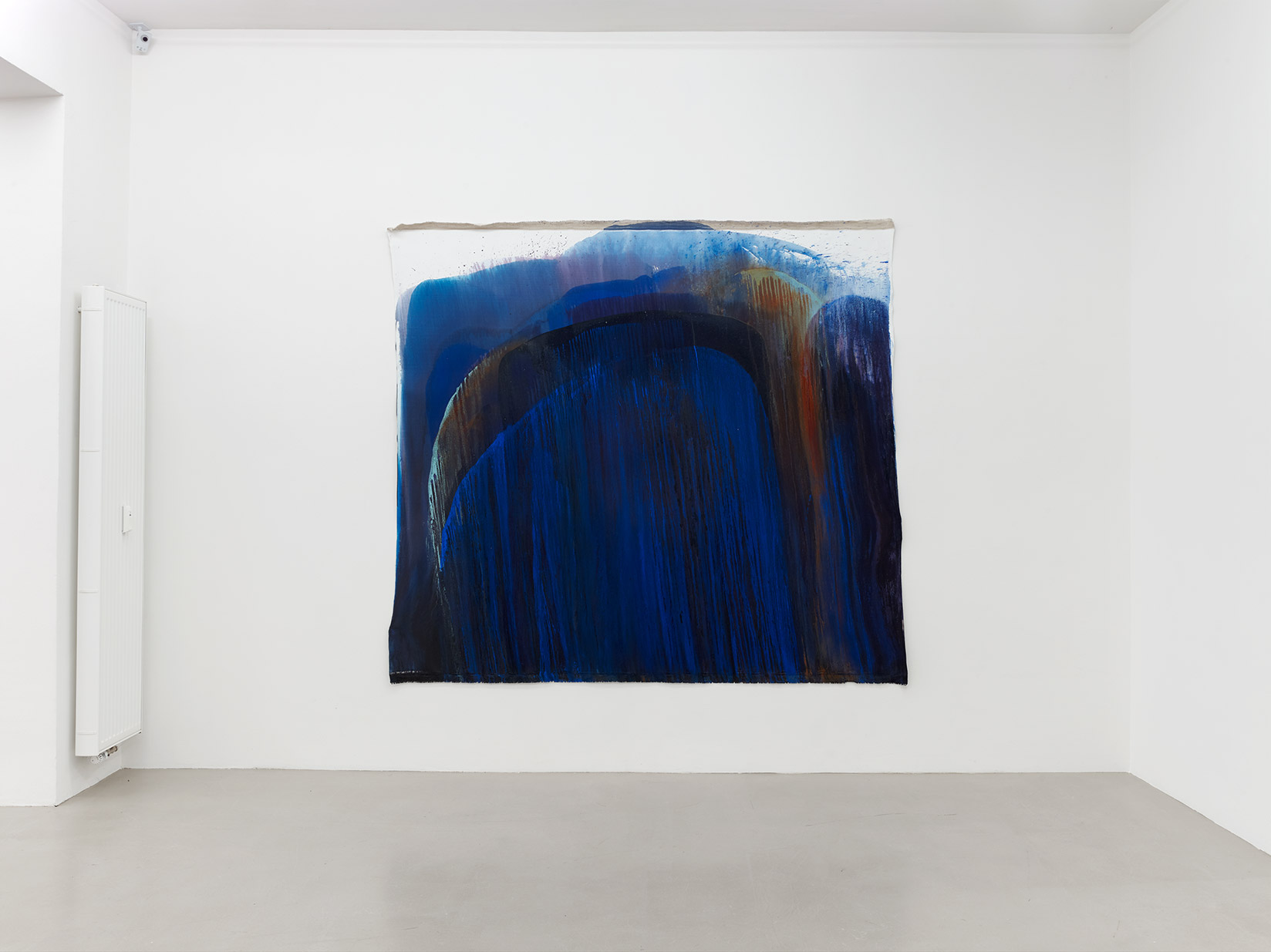
installation view
"Ty Waltinger",
Kadel Willborn, Düsseldorf, Germany, 2014
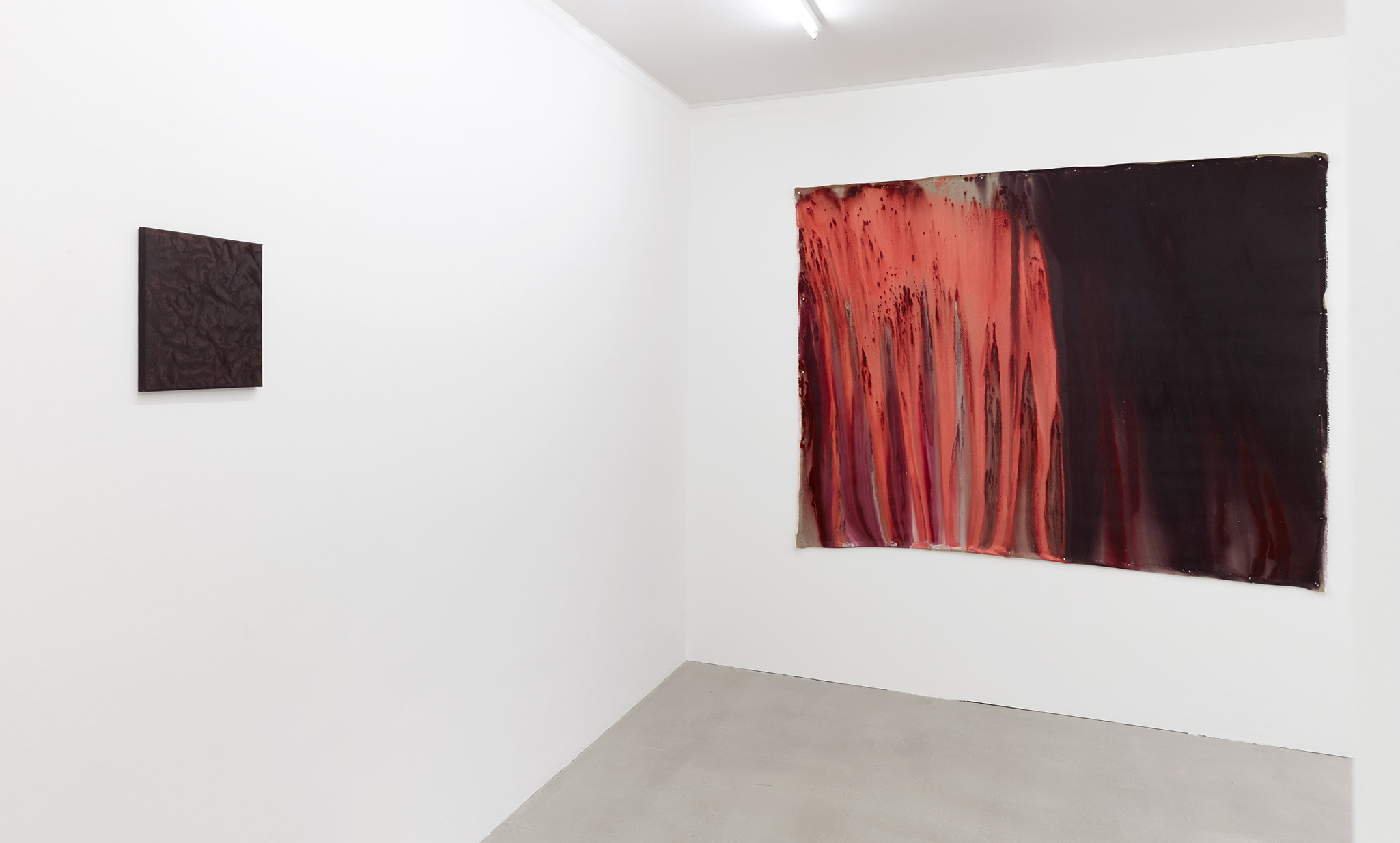
installation view
"Ty Waltinger",
Kadel Willborn, Düsseldorf, Germany, 2014

installation view
"Ty Waltinger",
Kadel Willborn, Düsseldorf, Germany, 2014
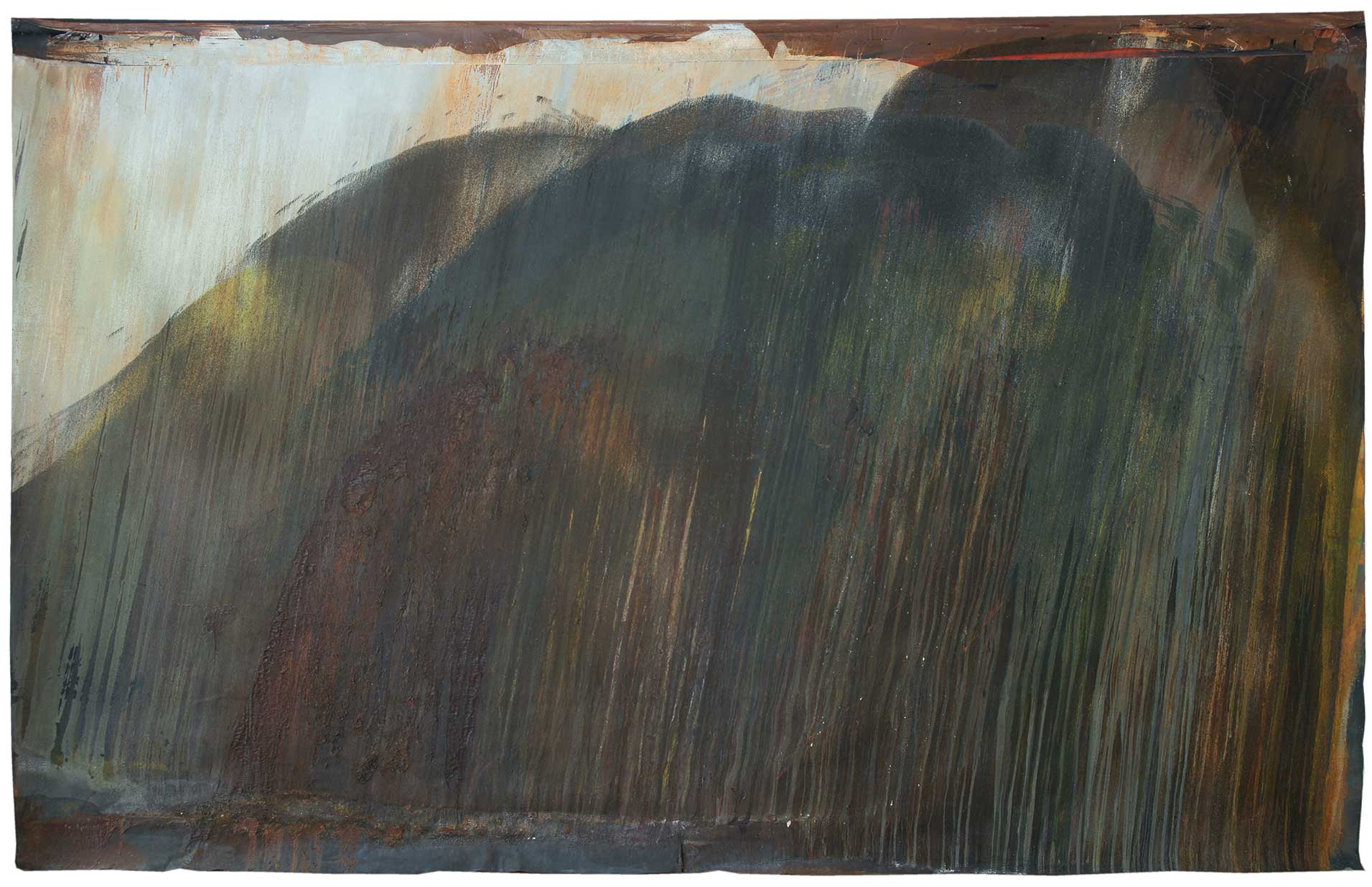
Sun follows Rain, 2009-2010
Zinc white, lemon yellow, real lime yellow old, English red old, Terra di Pozzuoli old, carmine red old and new, Bordeaux red old, crimson old (W&N), Lapis lazuli old and new, ultramarine, smalte old, cobold blue old, paprika old, ivory black old, titanium dioxide and mode red old on unbleached linen,
unframed, 290 × 500 cm
For about two years, this work followed a predefined concept. It was painted exclusively in the midst of nature and was exposed to rain, sun, hail and frost. These conditions transformed all the numerous layers of original pigments, as i.a. carmine red, real bordeaux, crimson, Terra Pozzuoli, lapis lazuli or ultramarina, all of them around 70 to 100 years old, in a steadily flowing process.
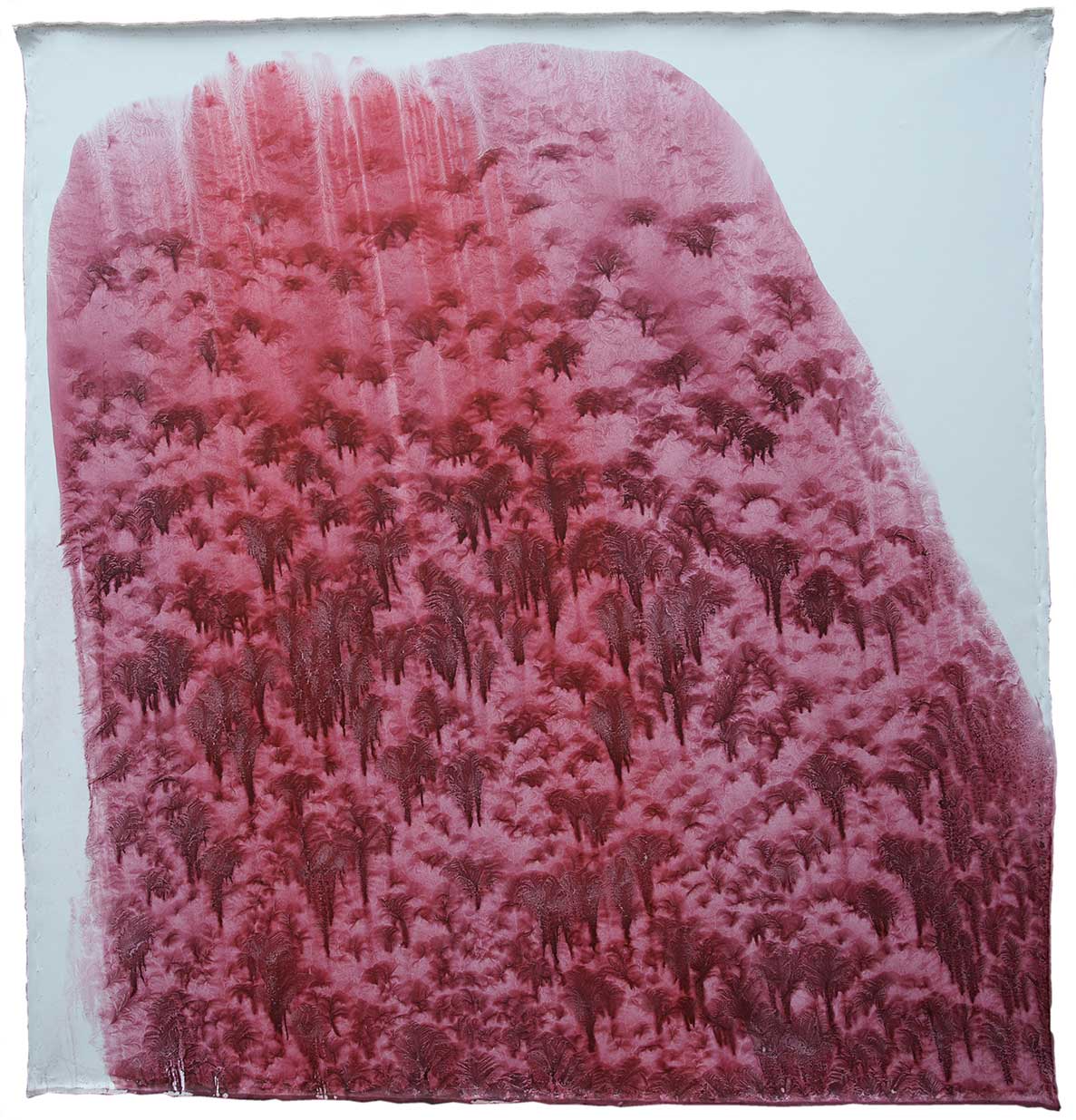
Frozen Real Bordeaux, 2014
Cryo-Painting, Real Bordeaux old, madder lake dark, cadmium ruby, carmine red, sepia, black iron oxide and ivory black old on grounded linen,
unframed, 215 × 200 cm
In January 2014, specially prepared canvas was stretched out in the open air and was grounded with gallic acid and ox gall essences. The further treatment at minus temperatures, with mainly old real bordeaux, sepia and original ivory black caused an unusually wispy, needle-like ice crystal formation. The used binders as well as the pigments dissolved in it are mainly from the mid-20th-century.
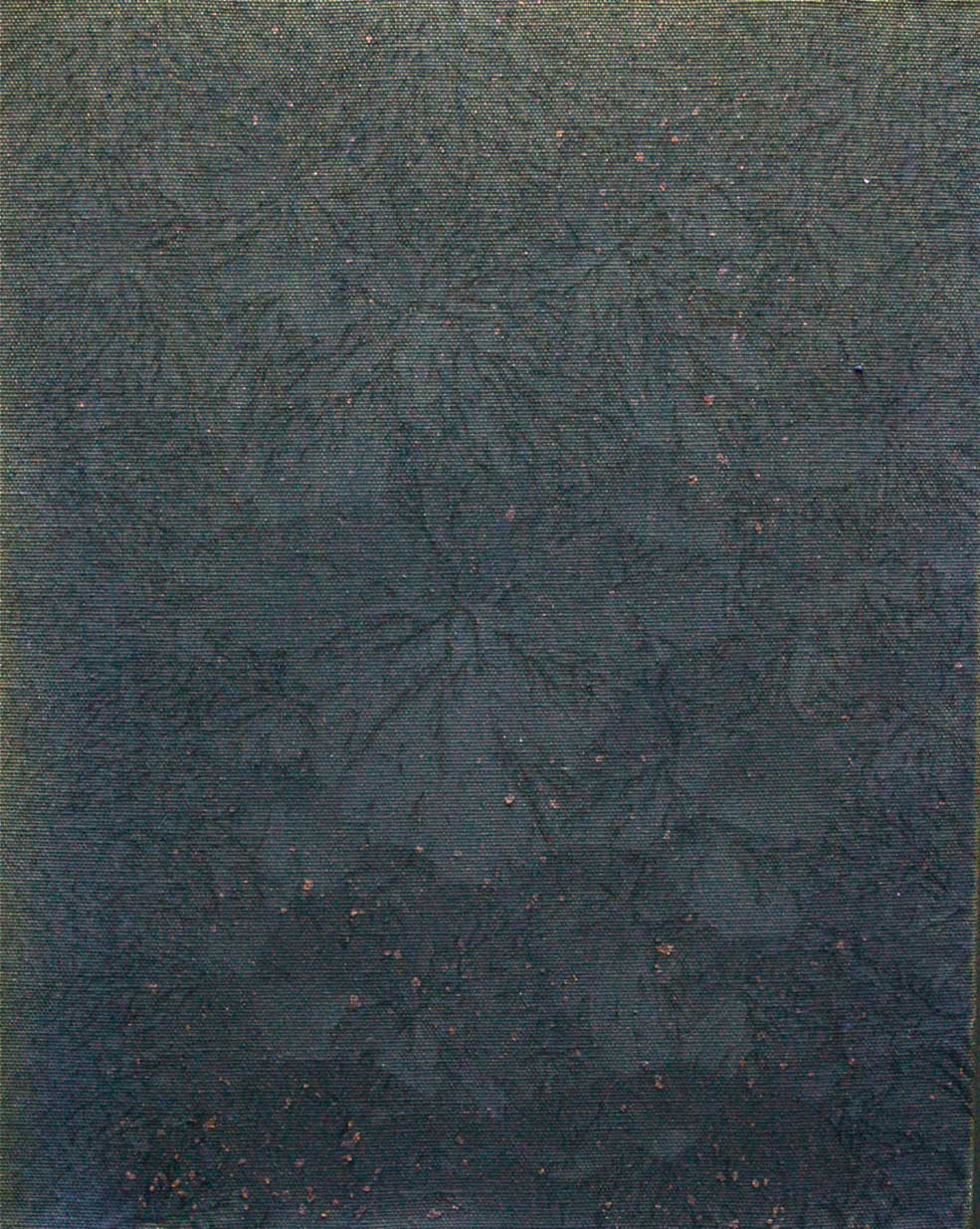
Goethe's Secret, 2011-2012
Cryo-Painting, Original chlorophyll, orginial indigo blue, original catechu brown, original logwood black, iron oxide and ivory black old on linen,
framed, 50 × 40 cm
The used pigments are from the collection of Johann Wolfgang von Goethe, which he used for the scientific studies for the creation of his famous theory of colours. This work was painted at subzero temperatures and contains clearly visible ice crystal structures, due to its processual creation. The surface is not covered and protected with varnish, which admits a deep view on the rare colour pigments.
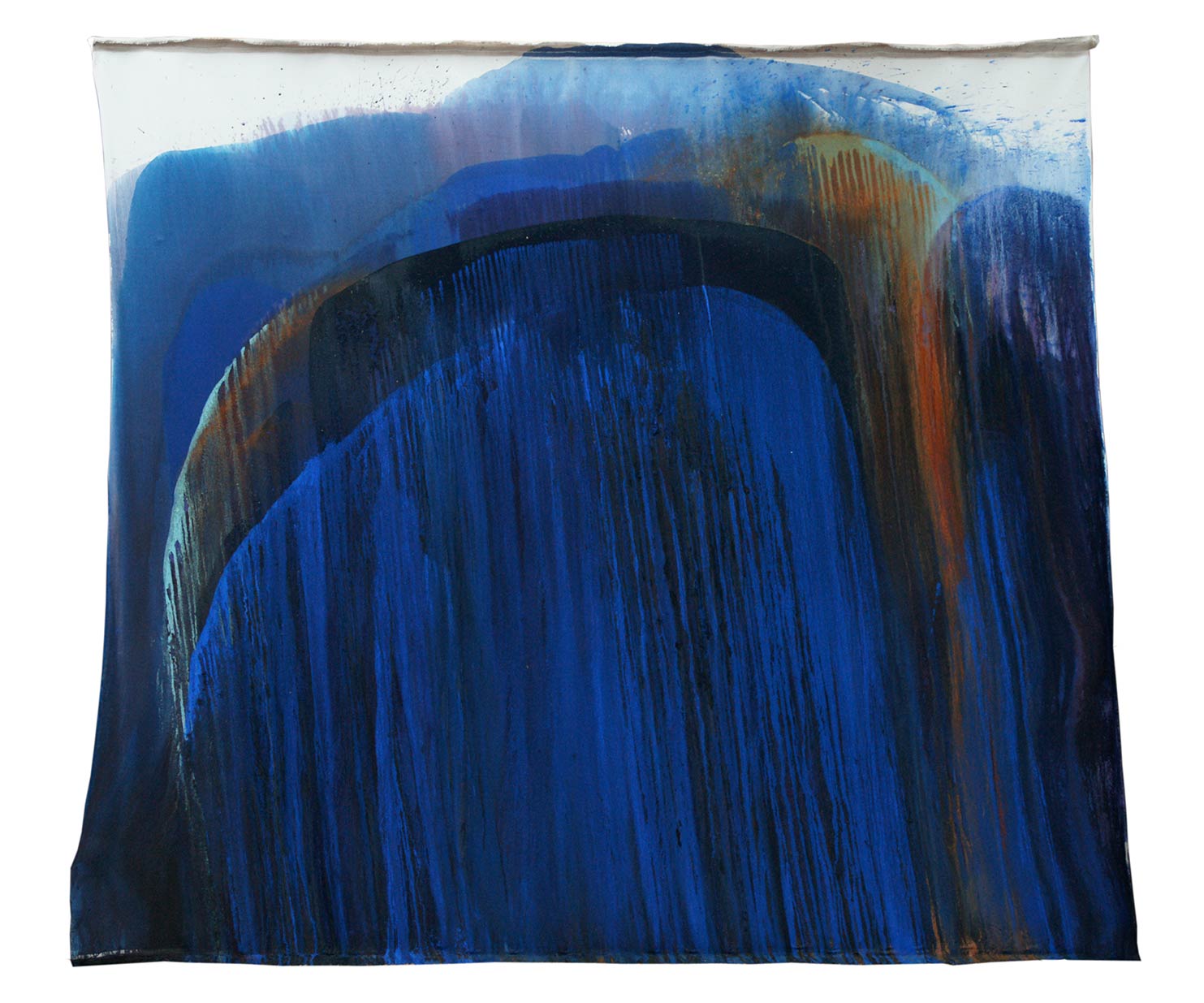
Ten Blue, 2013-2014
Lapis lazuli, cobalt blue old, real bordeaux old, madder red dark, cadmium ruby red old, black iron oxide, caput mortuum, oven black old, ivory black old, mangan violet old, phtalo blue, finest coelin blue old, paris blue old, ultramarine old (from four different productions) and different powdered metals on grounded linen,
unframed, 215 × 240 cm
The work on this painting started in Winter 2013. Very valuable and partially over 100 years old pigments were applied on the specially grounded canvas, such as ultramarine (out of four different productions), precious cobalt blue, and Paris blue, as well as a mixture out of real bordeaux and old black pigments from 1920. The rain of unusually warm days in January caused a continuation of colour applications. Today, elaborately mixed binder formulas with dammar, Venetian larch resin, borax and emulsions of oranges, pines, cloves, rosemary and walnut oil on the old base, show a pictorial surface with velvet and vividly coloured pigment layers.
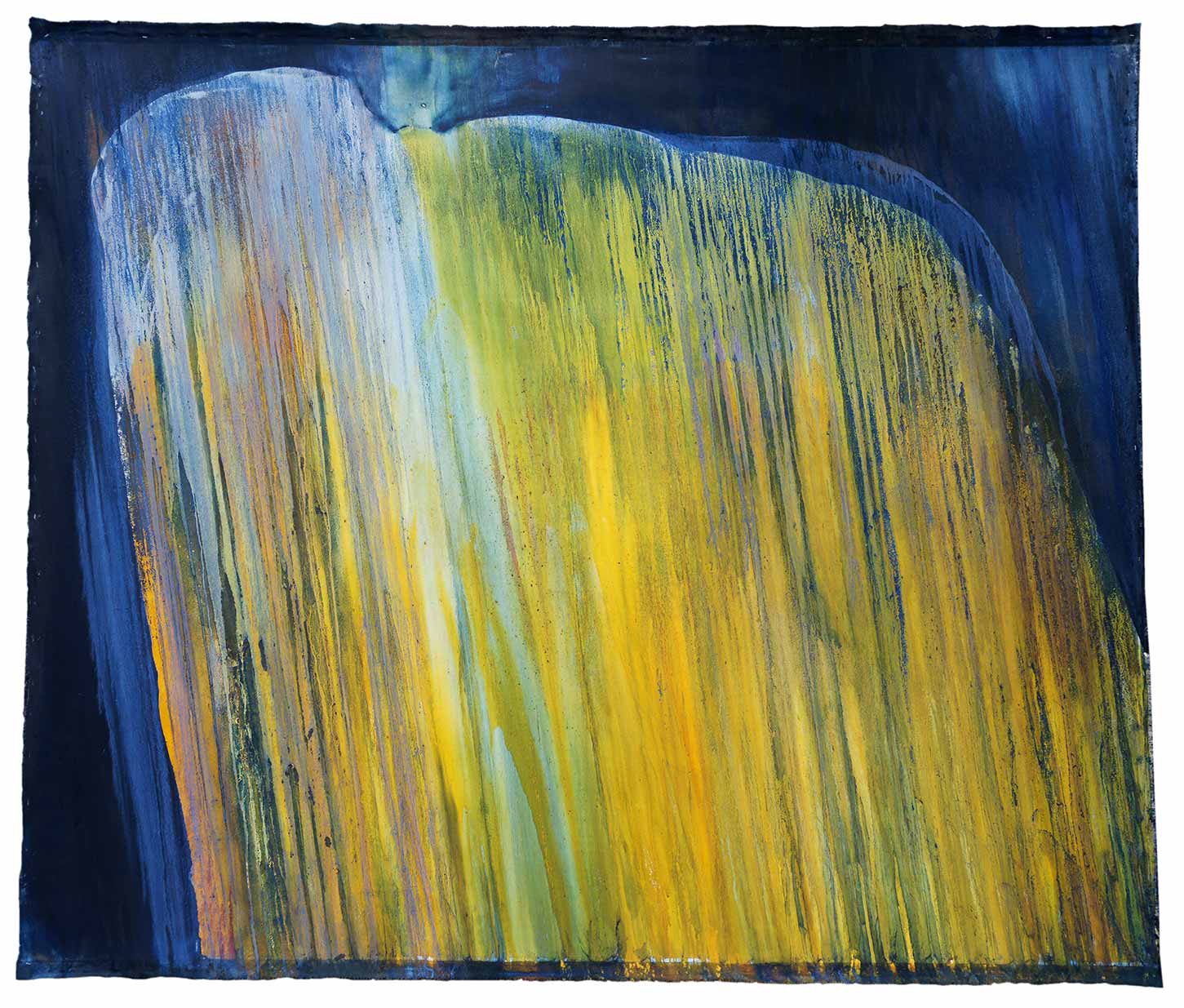
Lapis and Parisian Blue over washed out Yellow, 2014
Lithopone old, titanium white, zinc yellow old, cadmium yellow dark, chrome yellow medium old, chrome yellow dark old, Senegal yellow, real Bordeaux old, burnt umber, sepia, Lapis lazuli, Parisian blue old, smalte old, coelin blue old, oven black old, ivory black old, ferric oxide black and powdered metal on grounded linen,
unframed, 218 × 256 cm
The stretched work was made in natural surroundings, lying on the ground, at the beginning of 2014. With the help of rain, the base coat was covered with litophone, mostly old yellow pigments and essences of powdered metals. These materials from 1920-1950 flowed into each other and created a vividly coloured base coat. With continuing rain, further layers of valuable colour pigments from the turn of the 20th century, such as Parisian blue, cerulean blue and smalt, as well es precious black pigments and lapis lazuli were added.
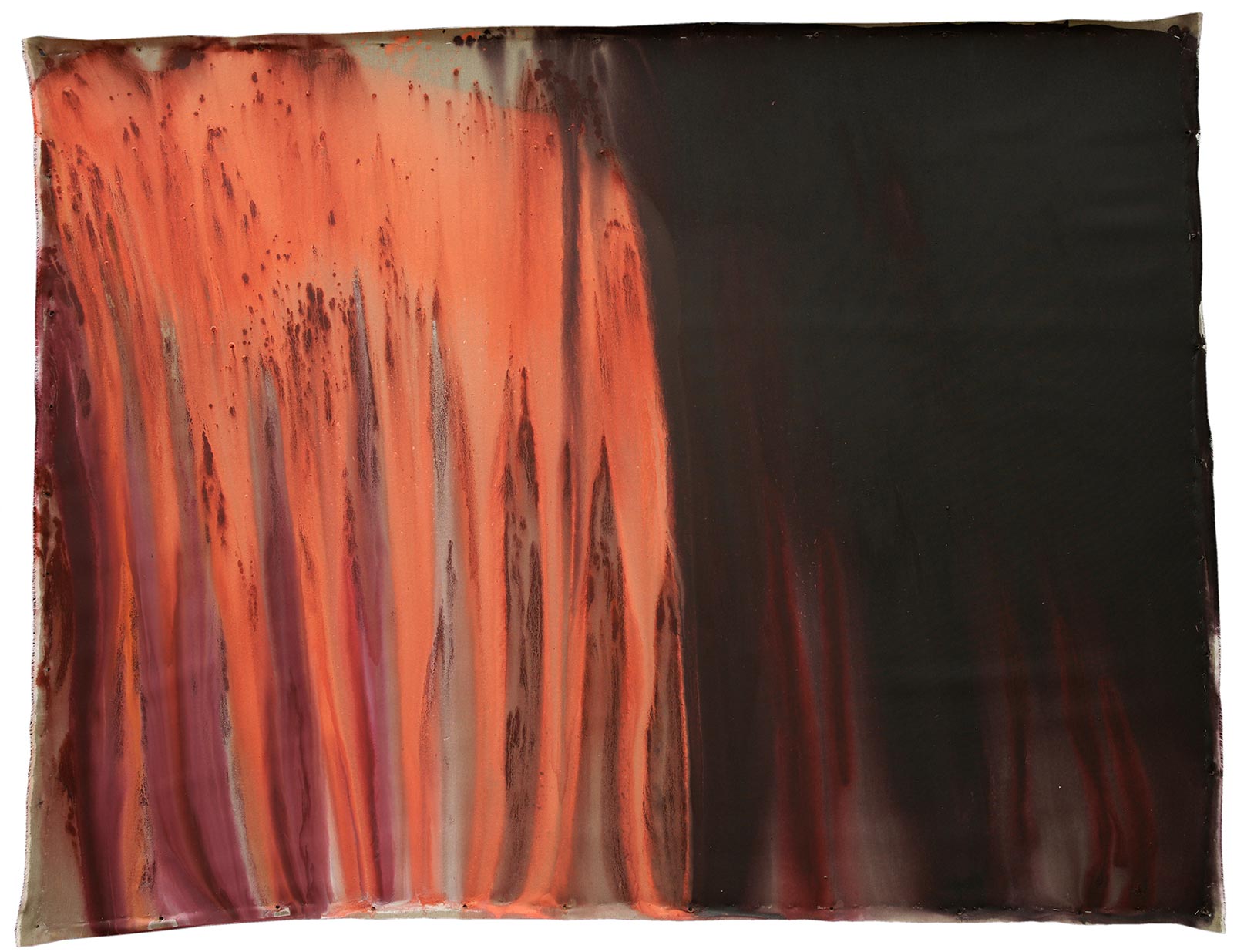
Flowed Vermilion, 2014
Lithopone (Pigment white 5) 60% old, titanium white, vermillon old, real Bordeaux old, carmine red, cadmium ruby red, sepia, burnt umbra, caput mortuum, oven black old and black iron oxide on linen,
165 × 215 cm
The canvas was stretched out on the floor in the end of 2013 and remained outdoors until the beginning of February 2014. Mainly old red orange and black pigments were steadily exposed to influences from rain and cold. The unusual warm temperatures and ground humidity let the original pigments from 1930-1970 flow into their old binder essences, i.a. with shellac, old larch resin and rosemary oil.

Queen, 2008
Cryo-Painting, Titanium white, zinc white, vine black and oven black on linen, framed, 30 × 30 cm
This work was made at sub-zero temperatures and shows a finely structured surface of dried ice pigment crystals. Due to the differently blended pigments vine black and old oven black - both blended in old essences - they show a unique three-dimensionality. The frostwork, whose different formulas at first rejected each other, has worked well during the drying process in the cold and has created a real image of nature. It was extremely difficult to obtain the delicate and natural-looking structure, during the natural and extremely slow drying period.

Triad in Bordeaux and Sepia, 2014
Cyro-Painting, Real Bordeaux old, madder lake dark, alizarinmadder lake dark, cadmium ruby red, carmine red, sanguine, sepia, burnt umber, black iron oxide and ivory black old on linen,
214 × 365 cm
This painting was made outdoors at sub-zero temperatures, in Winter 2014. The frozen canvas was painted extensively in several work processes, with rare and mostly old pigments, partially from 1920-1950. The binders , specially produced for this painting technique , are based on elaborately produced recipes, with ingredients such as Venetian larch resin, dammar, borax, oils from oranges, cloves, walnuts and rosemary, as well as extracts from gallic acid and ox gall. In the cold, dry air, a pigmented ice layer was formed on the canvas, which let all the pigment crystal structures underneath dry naturally, for several weeks.

Parisian Blue in Freedom, 2013
Mixing white, lithopone old, French ochre old, carmine red, real Bordeaux old, Parisian blue old, purpure Bordeaux old, vine black old, burnt umbra old, powdered metals on Alabaster clay on grounded linen,
unframed, 163 × 80 cm
For several months, the linen coated with pigmented earthclay has been exposed to influences of nature outside. During this time the Alabaster clay equipped with metals oxidated and began to take over the applied pigments. Nature intensely shaped the image surface with rain drops. During this process the precious and old pigments like French ochre, real Bordeaux and original Parisian Blue obtained their rich and authentic color depth.